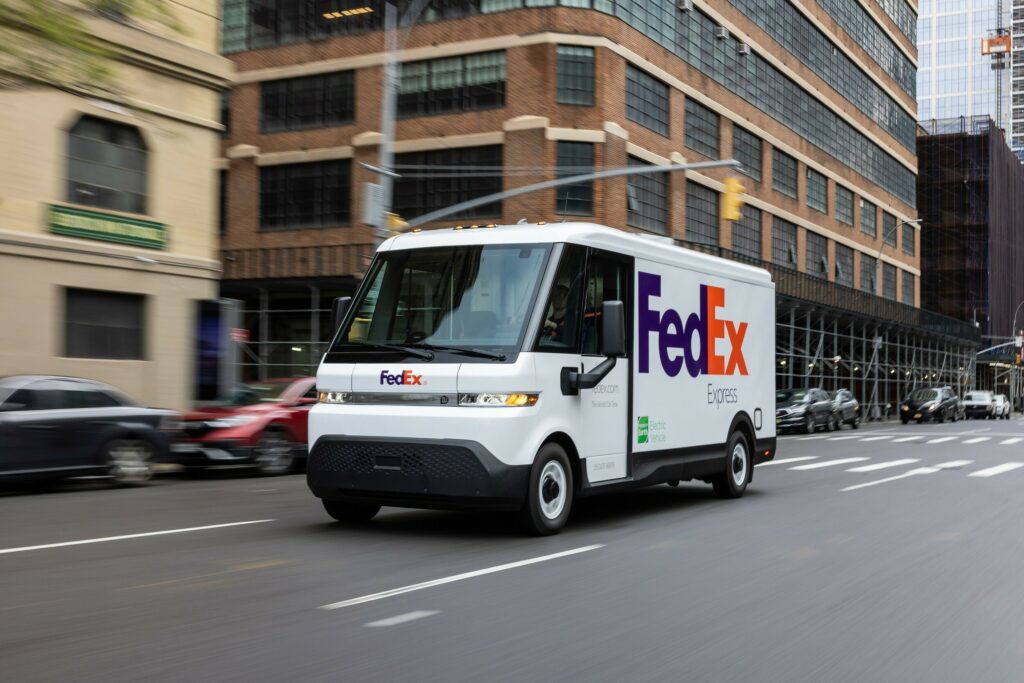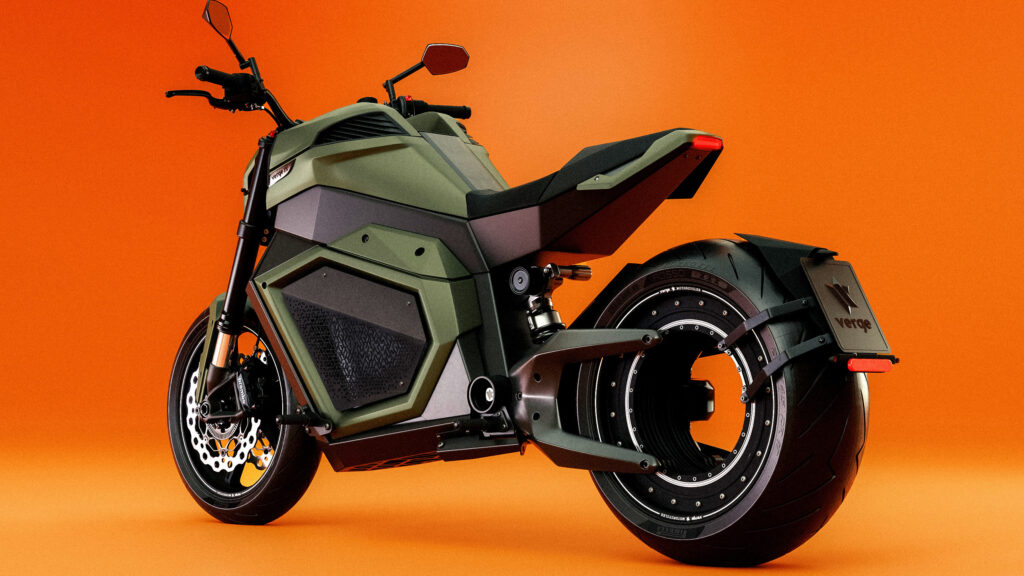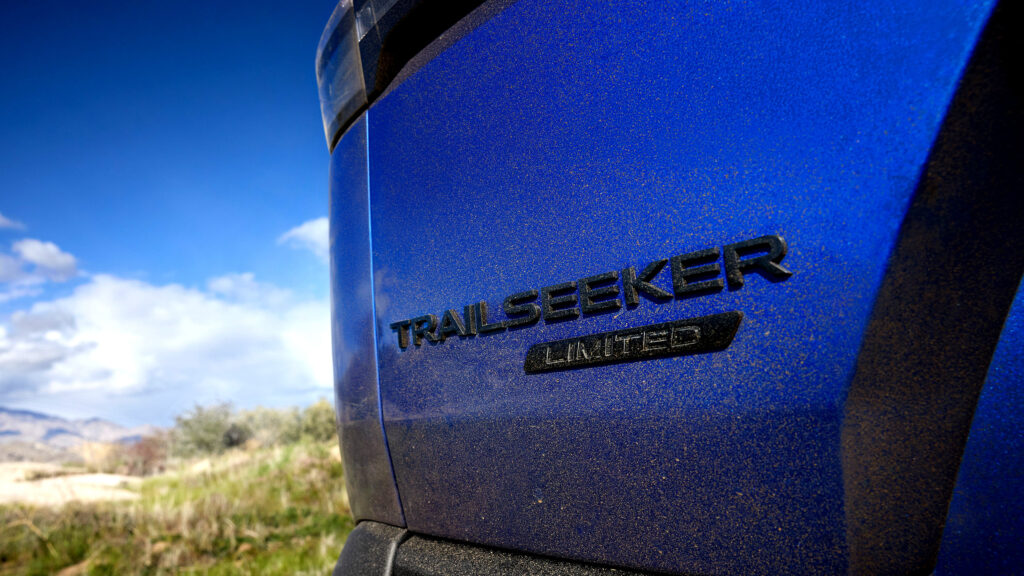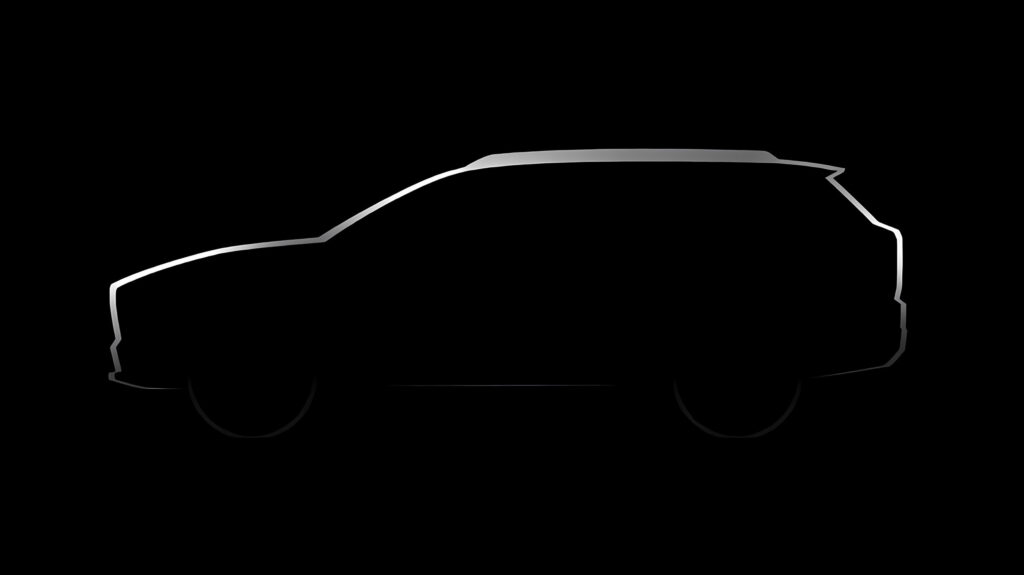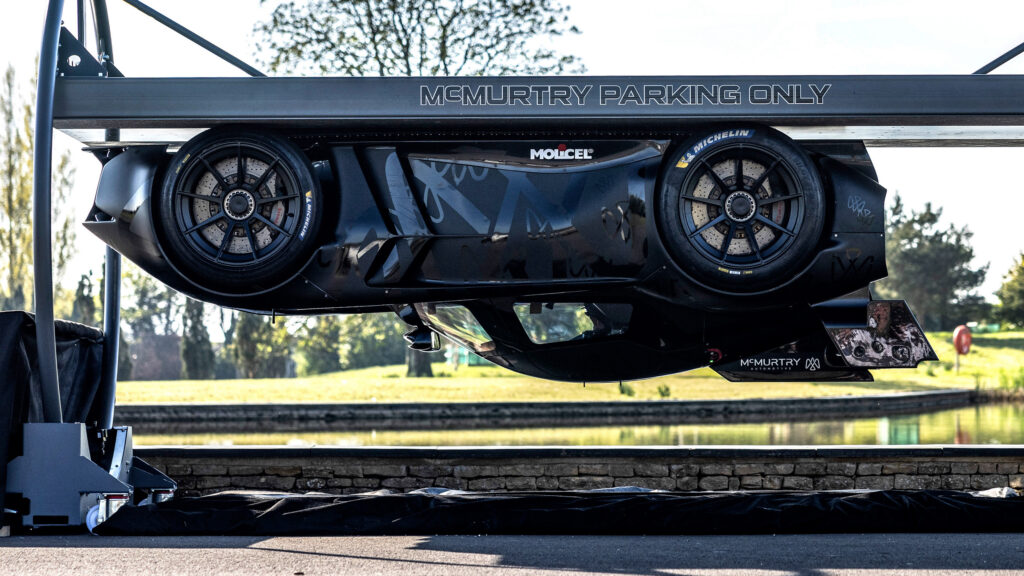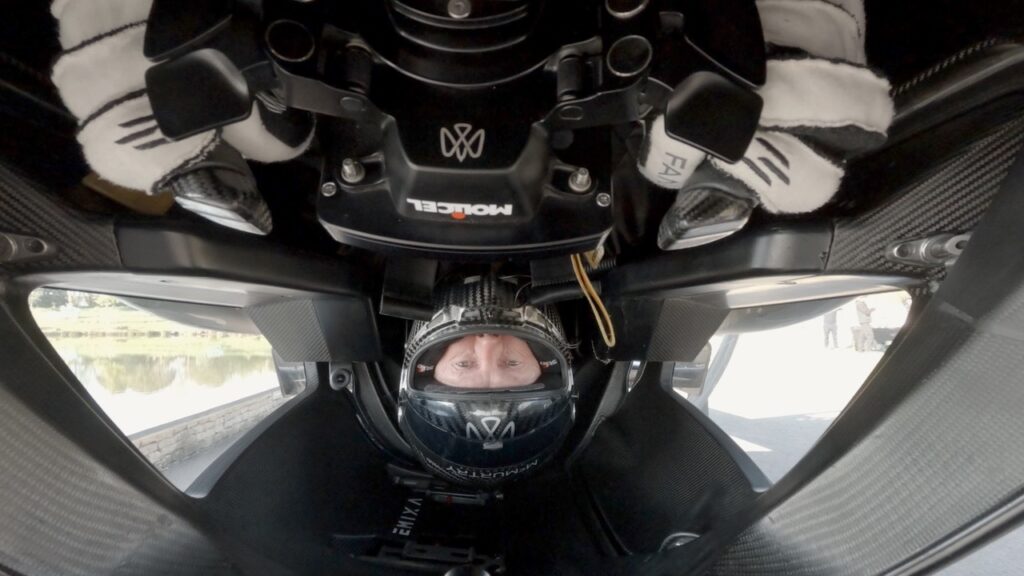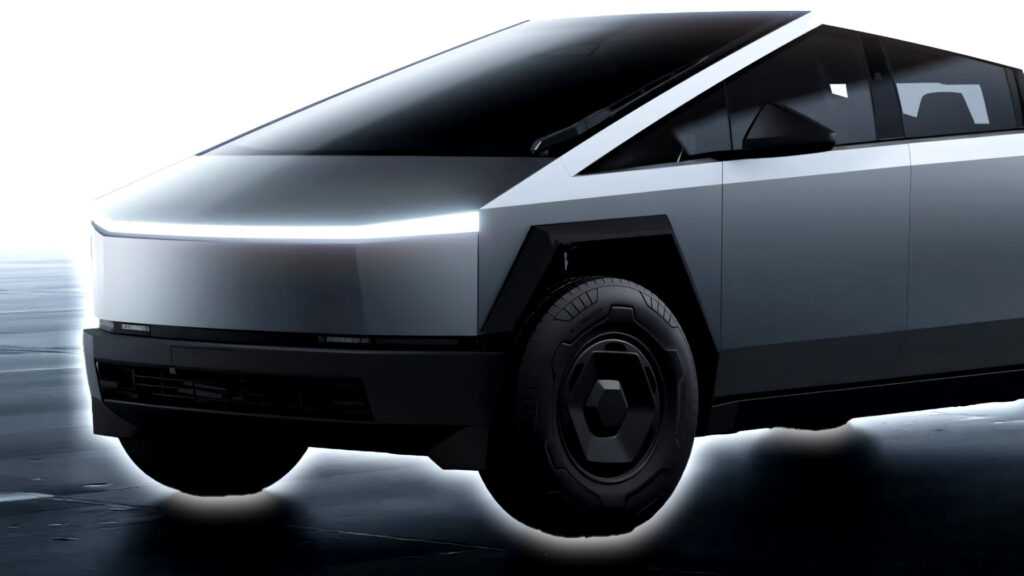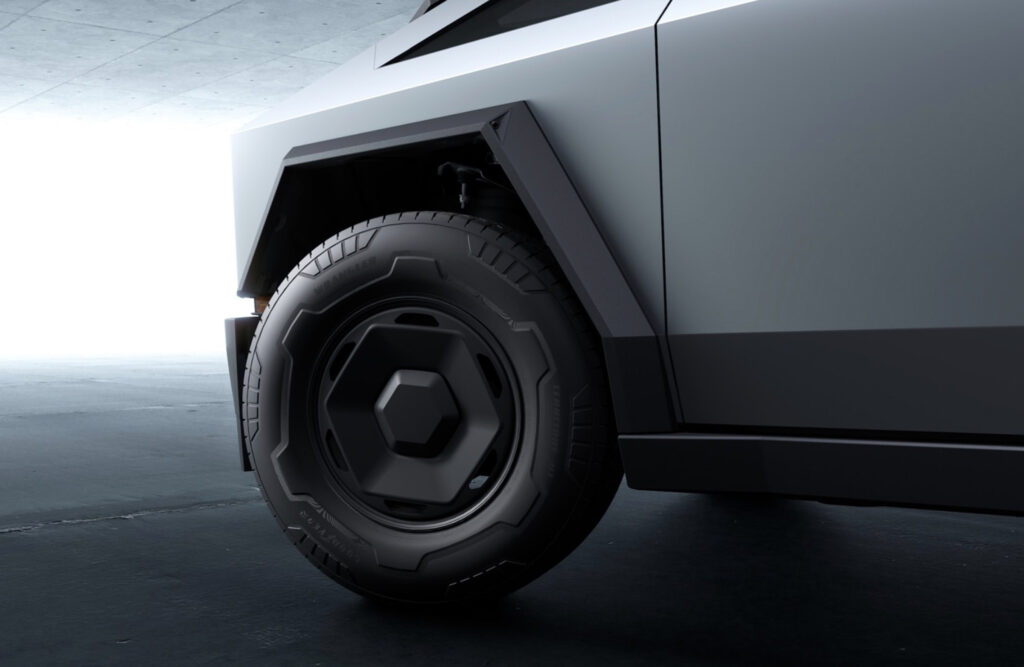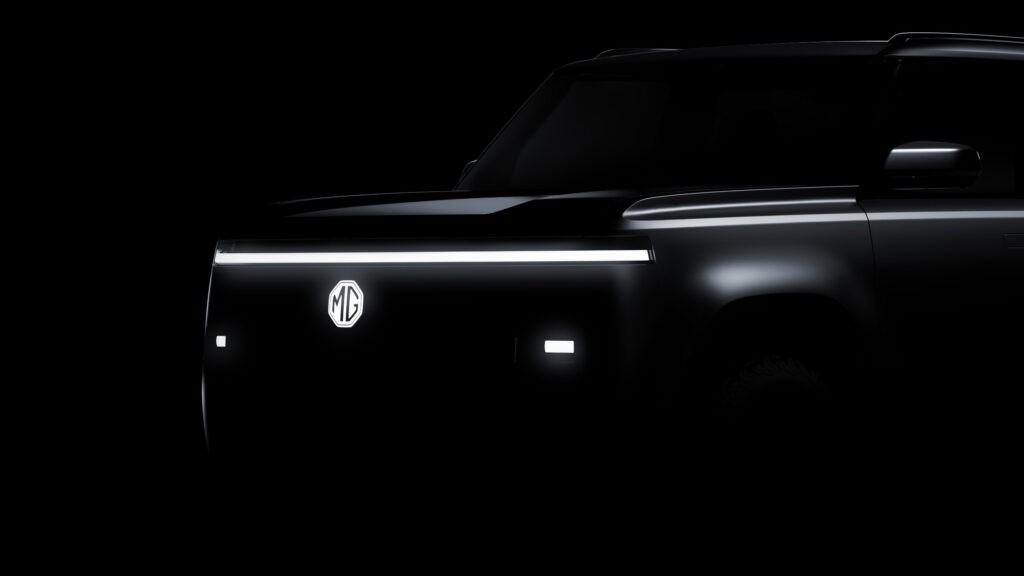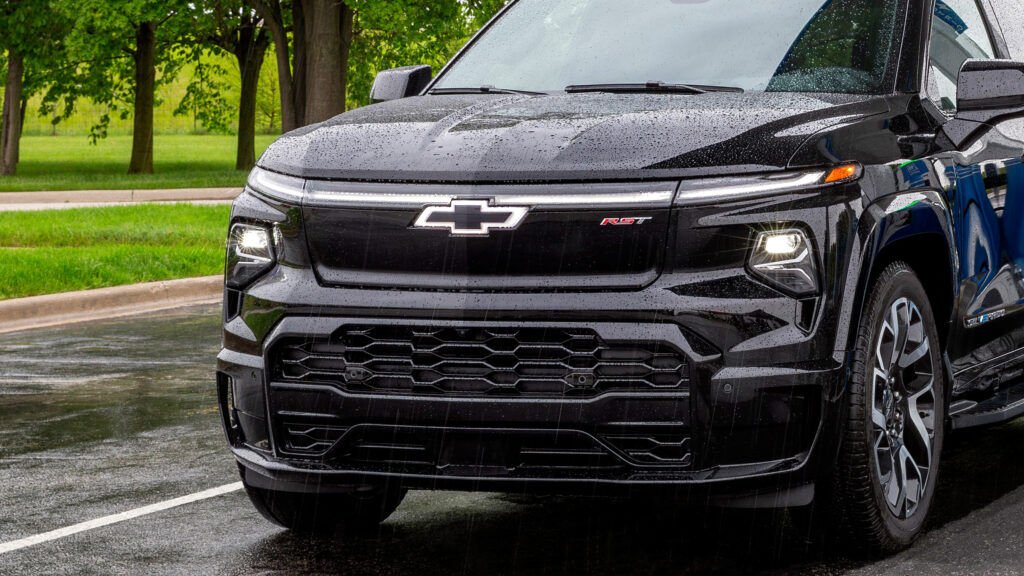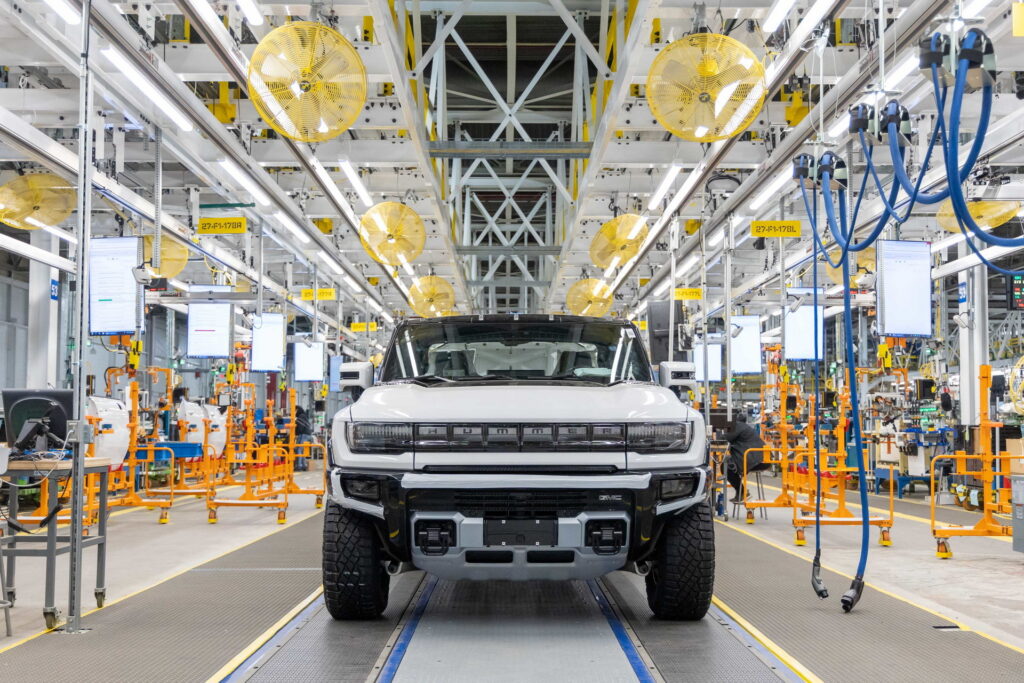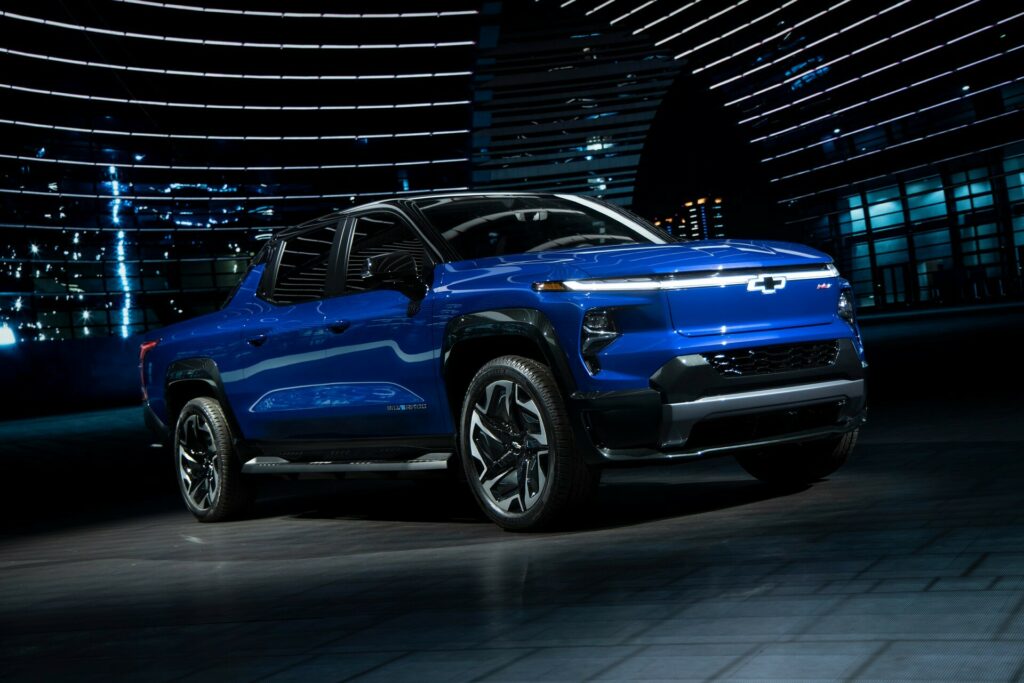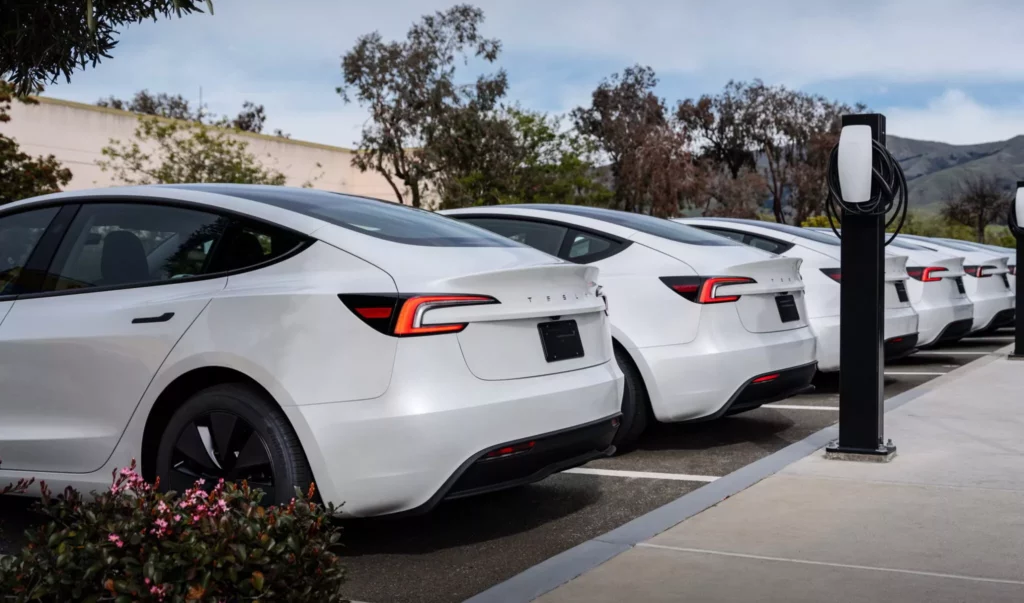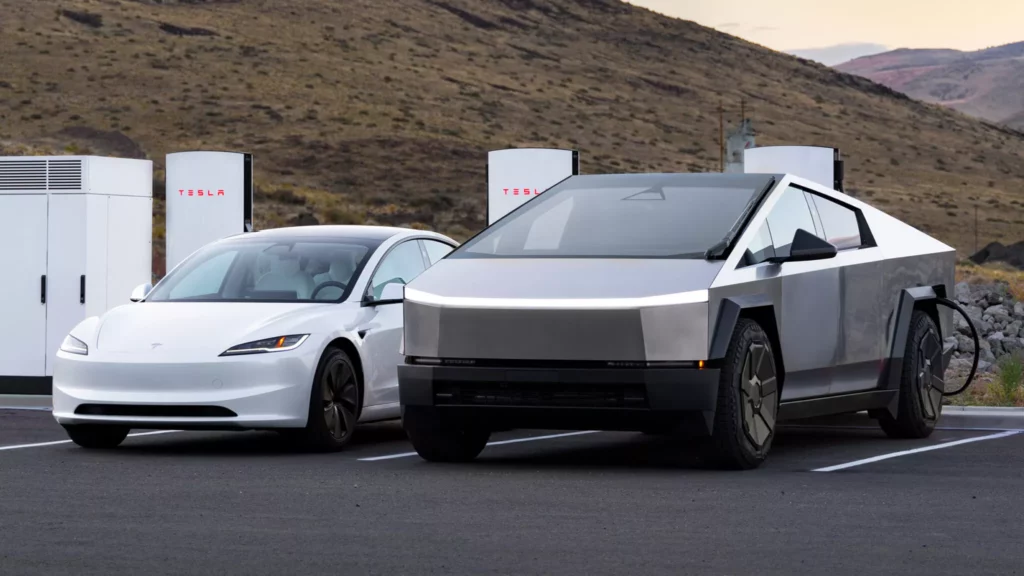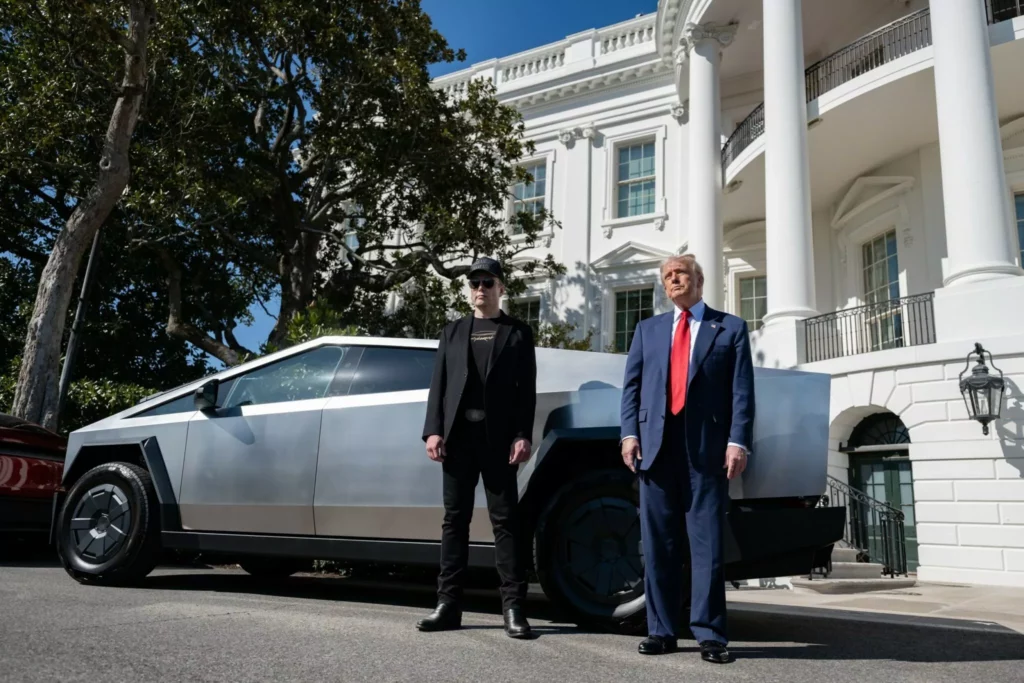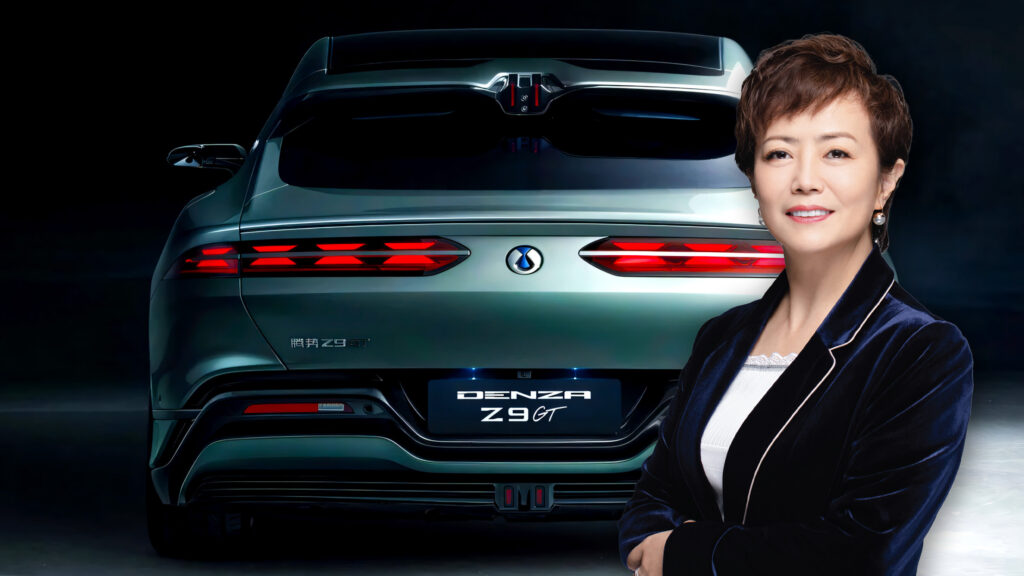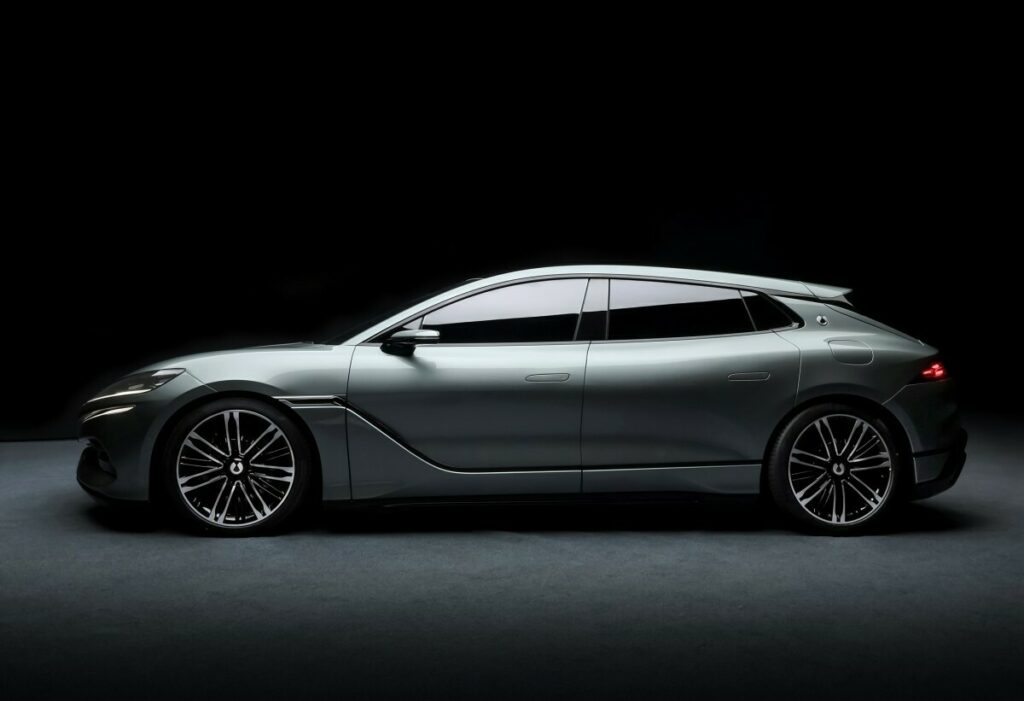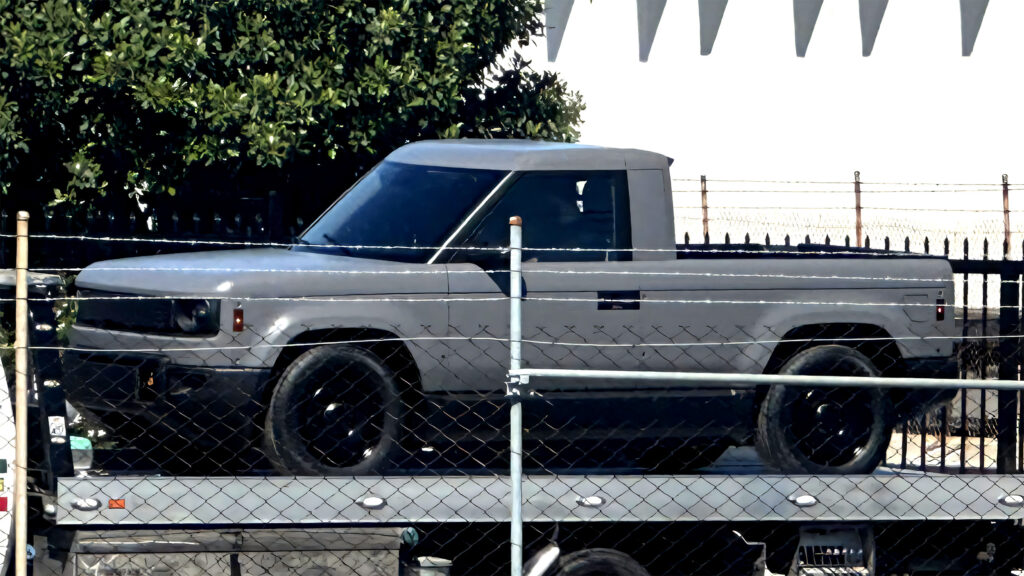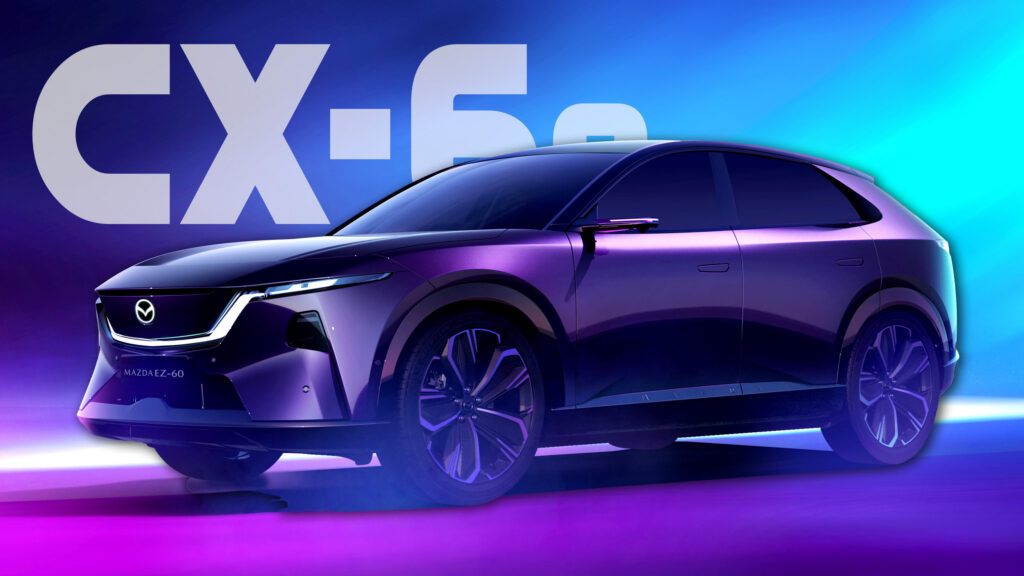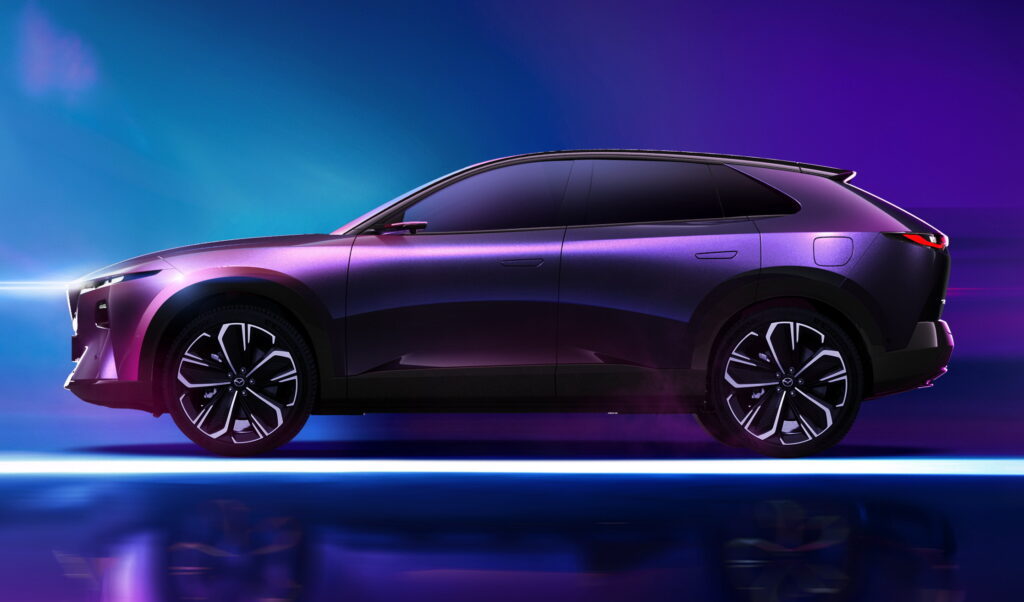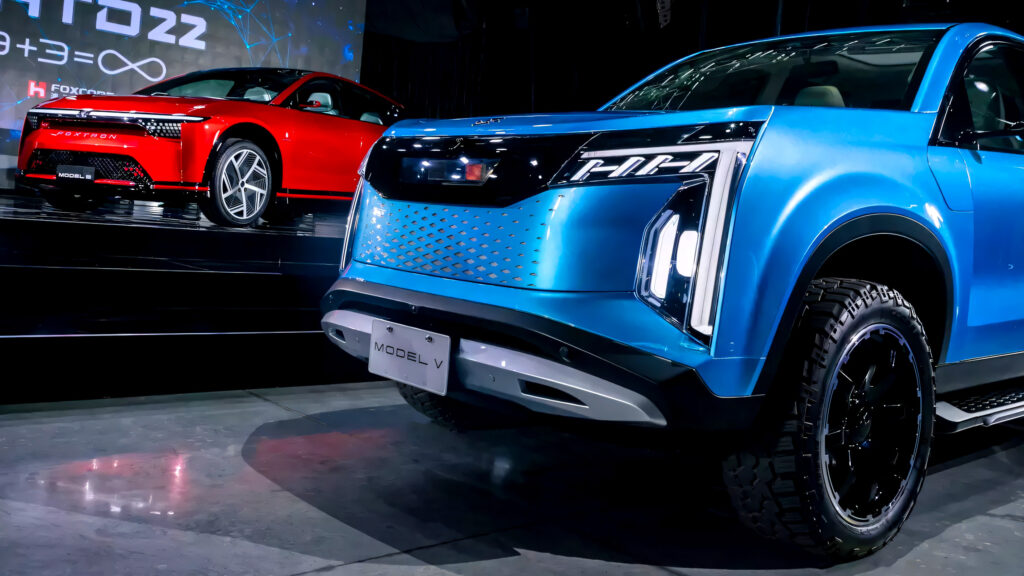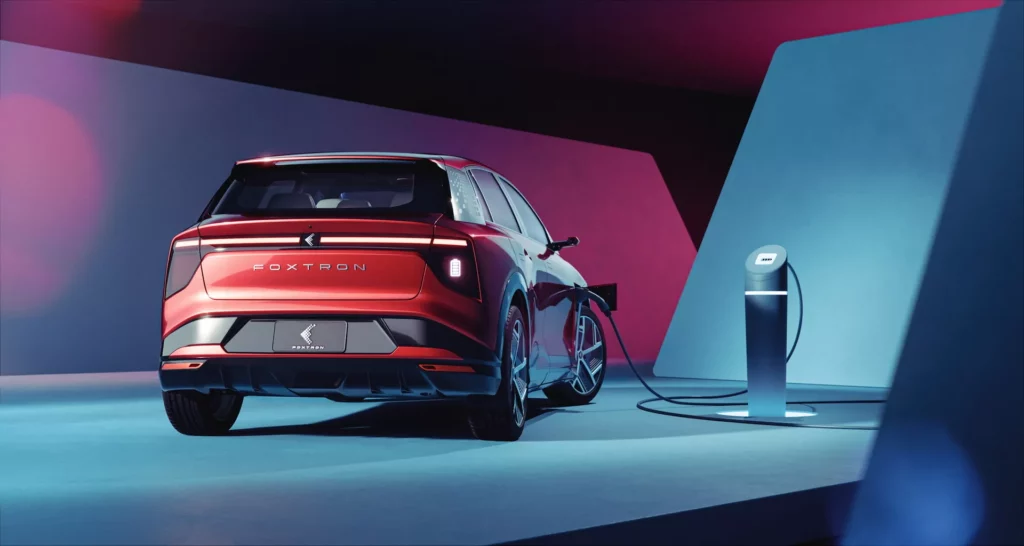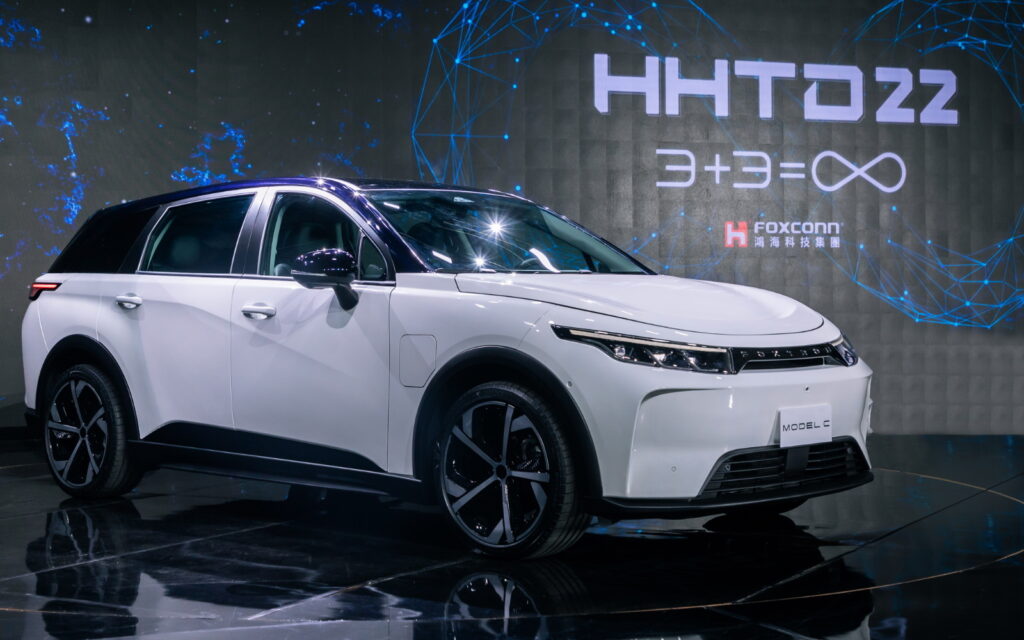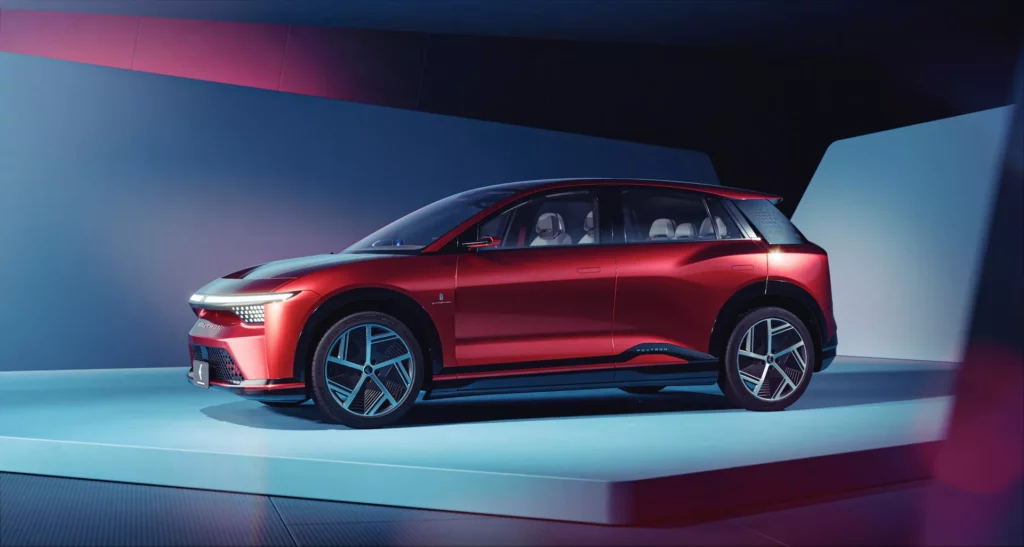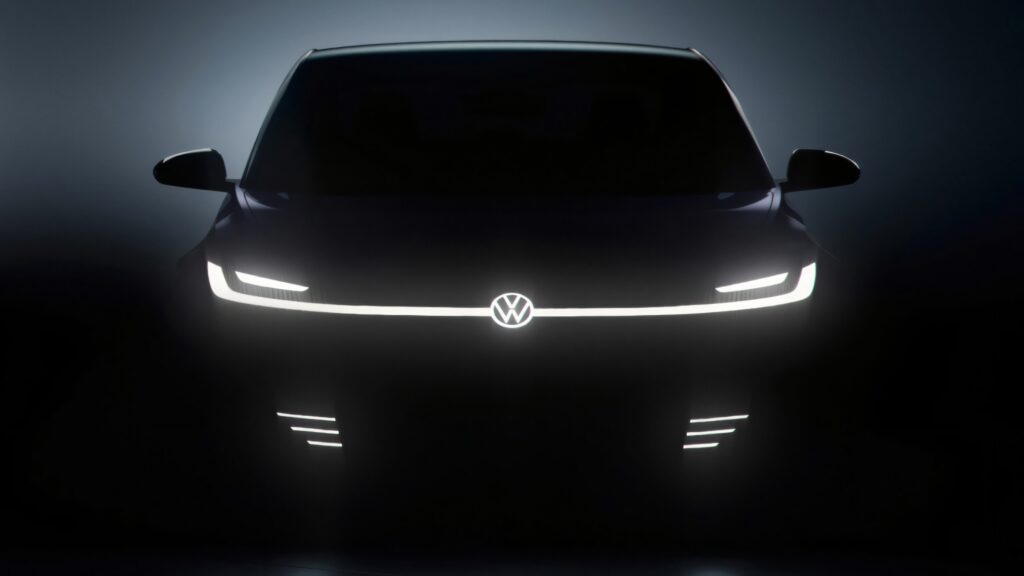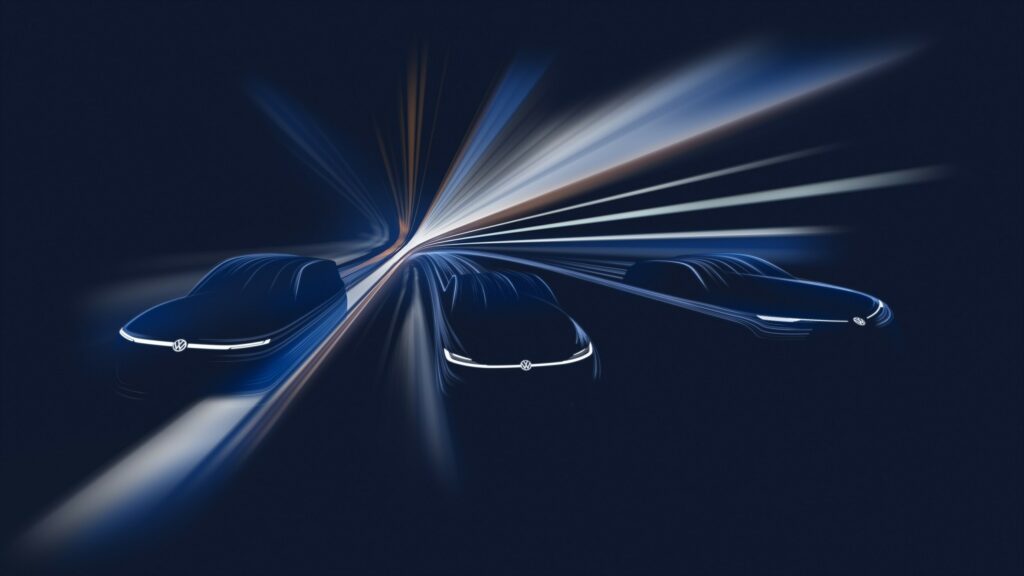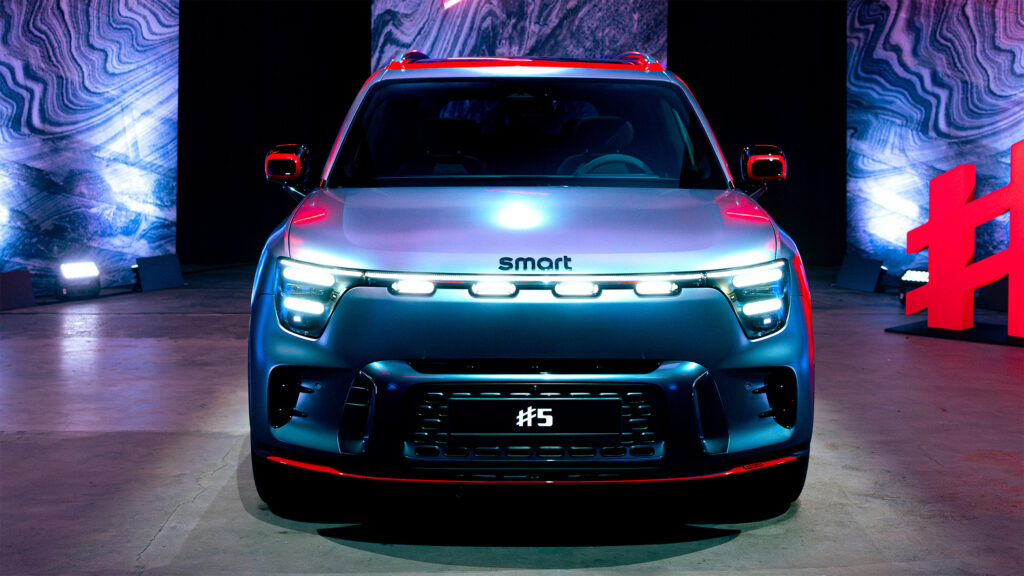GM Pausing Canadian Plant, But Tariffs Are Least Of Its Concerns
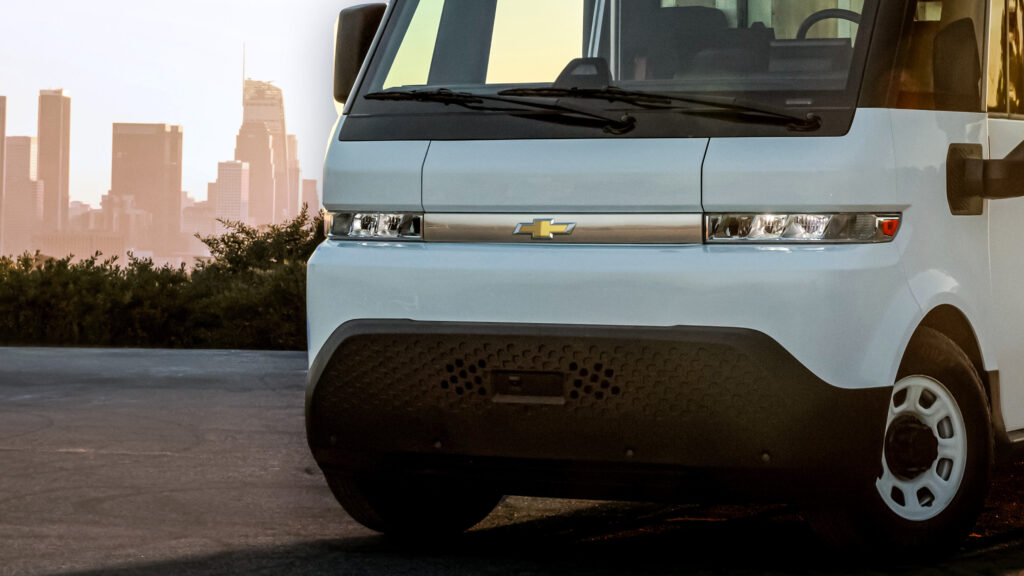
- GM is temporarily halting BrightDrop 400 and 600 production at CAMI Assembly in Canada.
- The slow-selling vans have been piling up, so workers are being laid off starting next week.
- Following some off and on again production, the plant will be cut to a single shift in October.
GM had high hopes for their BrightDrop brand, but that enthusiasm waned and the vans were rolled into the Chevrolet lineup. While that move was designed to boost sales and availability, it hasn’t helped much as hundreds of unwanted vans have been piling up.
More: BrightDrop Becomes Part Of Chevrolet
Given the growing inventories, it’s no surprise that the company is temporarily halting production at CAMI Assembly in Ingersoll, Ontario. The Canadian plant started BrightDrop production in late 2022 and employs more than 1,200 people.
Temporary Layoffs and Production Shifts
According to Unifor, GM will initiate temporary layoffs on April 14 and then bring workers back for limited production in May. Production will then end again to allow for retooling for assembly of the 2026 model.
When production resumes in October, the plant will be dropped down to a single shift for the foreseeable future. The union says this will result in the “indefinite layoff of nearly 500 workers.”
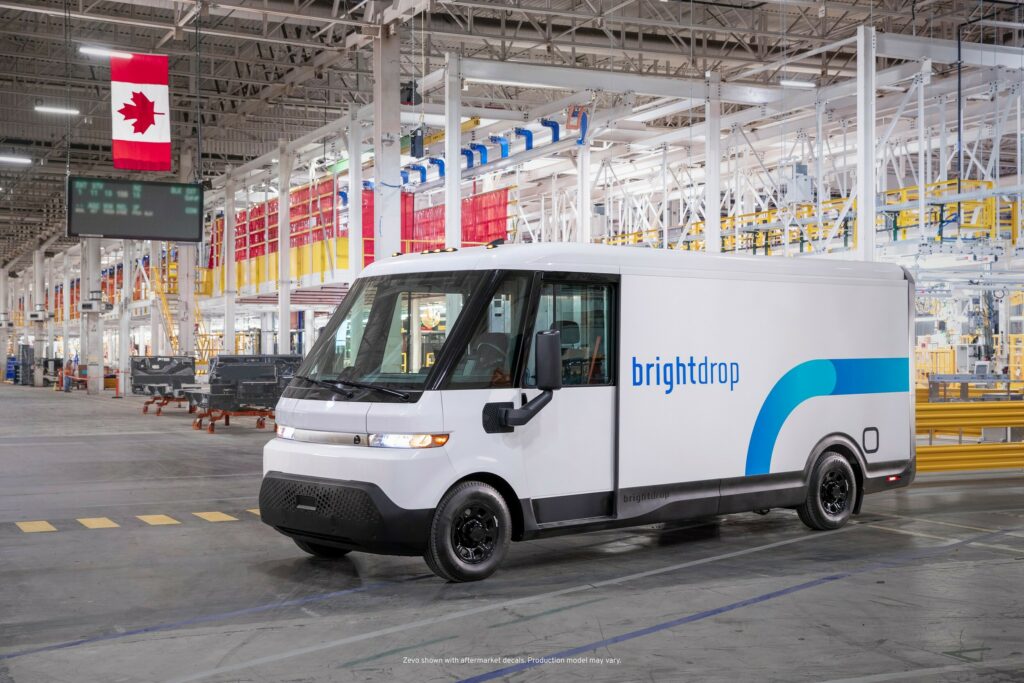
Unifor National President Lana Payne described the moves as a “crushing blow” and called on the automaker to “do everything in its power to mitigate job loss during this downturn.” She also called on the government to step up and support Canadian auto workers as well as Canadian-made products.
Payne was particularly adamant about the latter as she pitched the 400 and 600 vans as a “smart choice for Canadian business, government agencies, and for our economy.” That’s a not so subtle hint that she wants the government to buy some of the electric delivery vans.
While BrightDrop’s struggles are far from new, Payne used the opportunity to attack the Trump administration. She accused the United States of creating “industry turmoil” and said “Trump’s short-sighted tariffs and rejection of EV technology is disrupting investment and freezing future order projections.” She went on to claim this is “creating an opening for China and other foreign automakers to dominate the global EV market.”
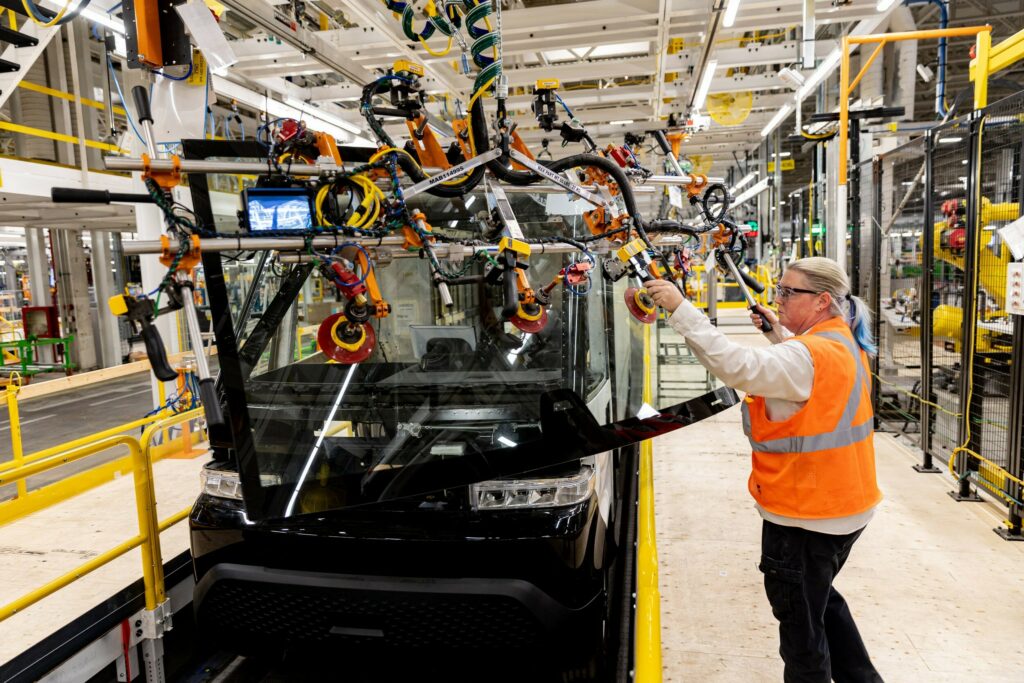
Pricing Dilemma
As for the vans themselves, BrightDrop’s offerings start at $77,900, providing up to 614.7 cubic feet (17,406 liters) of cargo space and a combined range of up to 272 miles (438 km).
However, rival electric vans are far cheaper as the Ford E-Transit Cargo starts at $51,000 while the Mercedes eSprinter can be had for $61,180. That’s a bit of an apples to oranges comparison, but it’s not hard to see why hundreds of BrightDrop vans are sitting on dealership lots.
Despite the problems, Unifor noted the company is committed to CAMI Assembly and the 2026 vans will be getting “upgrades.” What those are remain to be seen, but hopefully a smaller battery pack is on the way to reduce pricing.
